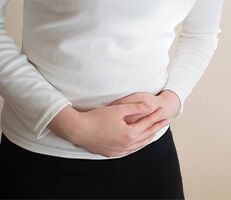Women to Women
OB/GYN Care
OFFICE HOURS
Monday: 9:00AM – 5:00PM
Tuesday: 9:00AM – 5:00PM
Wednesday: 9:00AM – 5:00PM
Thursday: 9:00AM – 5:00PM
Friday: 9:00AM – 2:00PM
TELEPHONE
FAX
WHAT WE OFFER
Services
-

Birth Control
-

Ovarian Cyst
-

Endometriosis
-

Urinary Incontinence
-

Menopause and Hormone Therapy
-

MonaLisa Touch
-

Dysmenorrhea
-

Pelvic Pain and Fibroids
-

Gynecology
-

Pregnancy and Prenatal Care
-

Sexual Dysfunction
-

Sexual Enhancement Procedures
-

Labiaplasty
-

Abnormal Pap Smears and Colposcopy
-

Vaginal Wellness
-

STD Testing
Patient Feedback
Dominique M.
I have never met such an amazing provider! From the front staff, to the MAs, to the APRN, to Dr. Gray… I am beyond grateful to have them as part of my care team. Seeing women who look like me and representing the BIPOC community is so important for me. Thank you!
Marina M.
I have been going to this office for more than 6 years I feel like home every time I come in Everyone very professional and Doctor Maslyak always make sure to answer all the questions and any concerns that I have. She is the best doctor I had In the past I would highly recommend this office and amazing Dr. Maslyak to anyone. Thank you for the best care you giving to ur patient’s.
Shamonia
Best dr I have ever met. I had my first appointment today and there is no other dr I would want to share my precious moment with. Dr gray is professional, informative and she literally loves what she do. I absolutely adore her and excited to have her as my dr.


